Jaw-dropping kitchens always whet our appetite for great design. But a kitchen renovation is a huge investment (the national average is $60,000!), so you’ll want to have a clear understanding of every last detail before you get started. We’ve enlisted Havenly designer Vivian Torres — who recently completed her own, DIY kitchen reno — to answer your burning questions about kitchen upgrades. Whether making small but impactful changes or budgeting big-ticket improvements, read on for expert hacks to a functional, beautiful kitchen.
When updating lighting and hardware, do you need to match all of the finishes?
Matching sets are having a moment in fashion, but for interior design, it’s best to embrace a complementary mix for a more layered (read: interesting) aesthetic. “While there are some basic rules to follow, such as creating a balance between warm and cool tones, mixing metals is generally an easy, stylish, and practical way of blending existing style with personal tastes,” Vivian says. It’s OK to match finishes (if that’s your thing, go for it!), but Vivian shares that multi-finish combinations “tend to have a bolder, more inspiring, and transformative effect on a kitchen.”
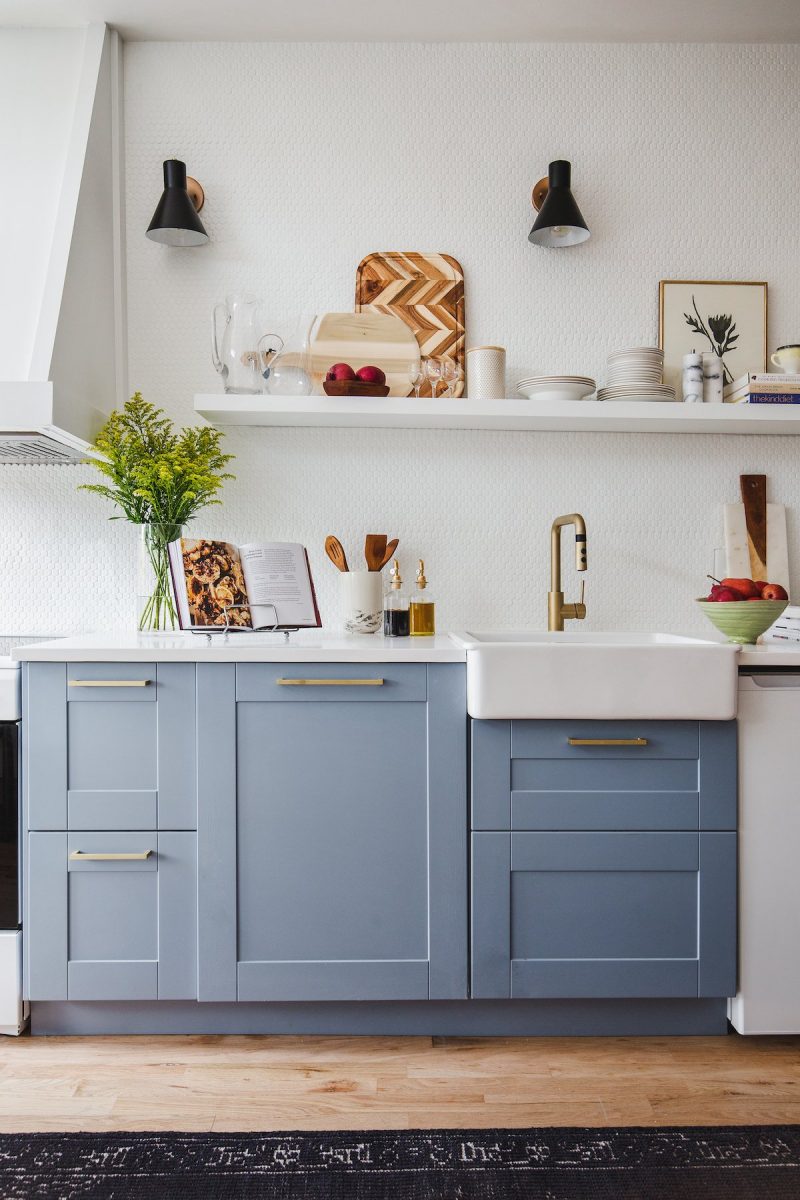
Do I need to use the same sizes or styles across all cabinet hardware?
This one is a little tricky — you’ll need to think about proportion. “Generally, you should choose hardware based on the size and scale of the cabinets and drawer fronts so that they feel proportional in relation to the cabinetry and the kitchen overall,” Vivian says. While it’s fine to match all cabinet hardware, you’ll also need to consider that there’s enough contrast between the cabinet color and the hardware itself.

Should I paint my cabinets?
Never underestimate the power of paint. It’s one of the easiest, most cost-effective ways of upgrading a kitchen! But before you grab a gallon of your favorite Benjamin Moore shade, it’s important to take stock of what you’ve got, Vivian says. “The decision to paint really depends on the material and condition of your cabinets. If they have very detailed patterns or are damaged, it’s probably not a great idea to paint over them.” What they’re made of matters, too: paint simply won’t stick to non-wood cabinets.
If you are going the paint route, you have 2 options: 1) DIY down and dirty (check out our Design Editor Heather Goerzen’s $300 crazy good cabinet makeover for inspo), 2) hire the pros. In all honesty, professional painters are worth the bang for your buck in these instances, particularly when sanding and precision are involved.
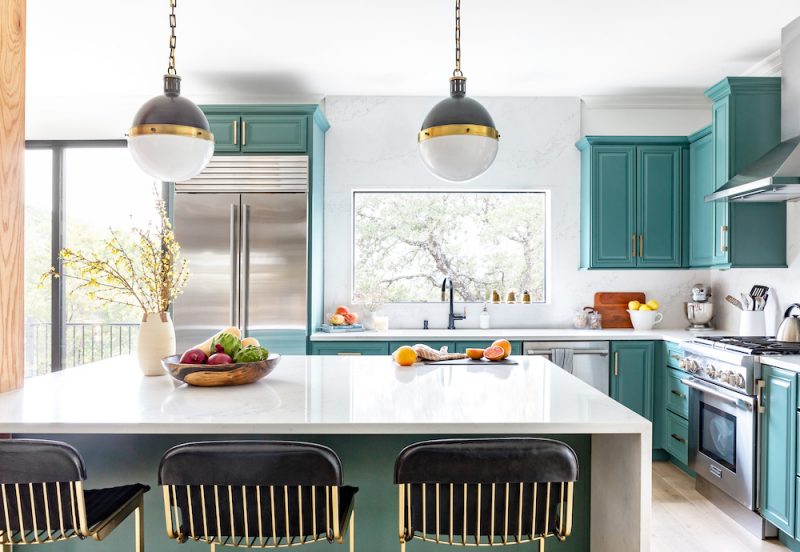
Which is a better countertop material: quartz or granite?
While it’s a matter of taste and preference, Vivian is decidedly team quartz. “It’s better in terms of price, and it’s also harder than granite, so it can withstand more wear and tear,” she says. It’s easy to maintain and doesn’t require resealing, plus, since it’s an engineered mix of natural and manmade materials, it has fewer transportation and energy costs compared with granite (we love an eco-friendly option). No matter which you choose, countertops still need a little TLC. “Be sure to use heating pads underneath cookware, as excessive heat can cause damage,” Vivian says.
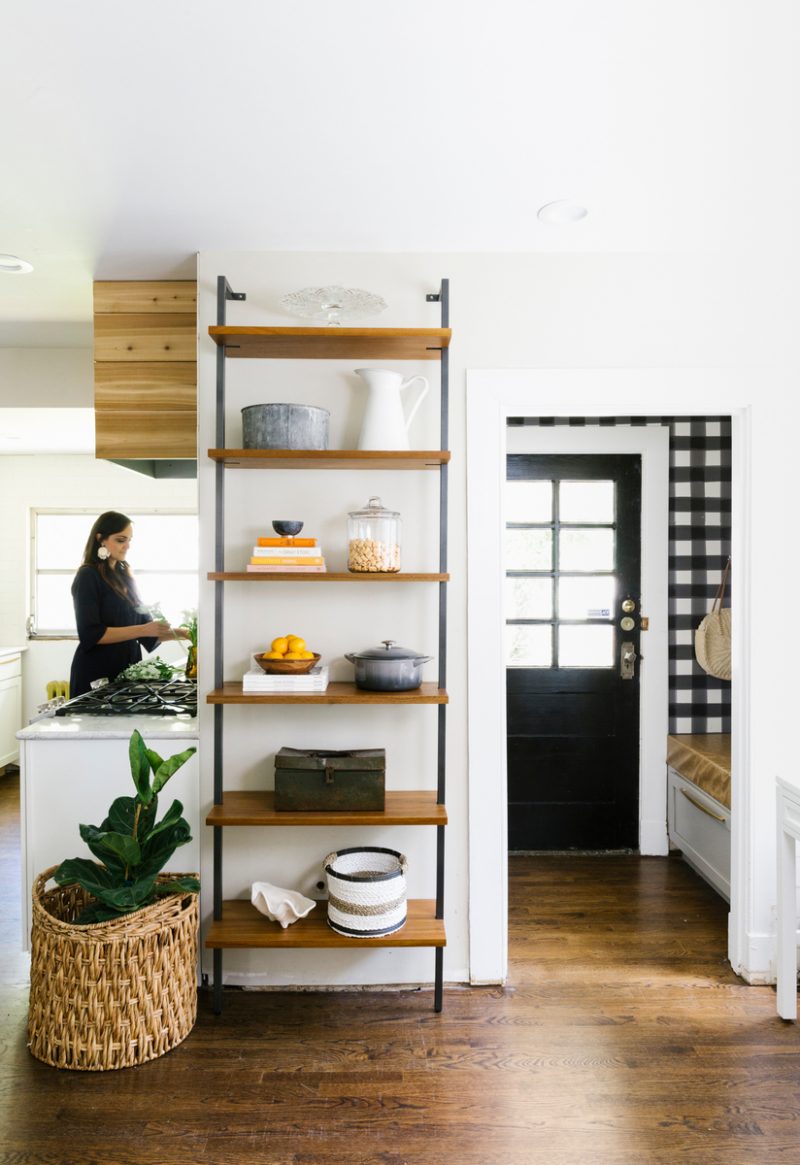
How can I add more storage to a small kitchen?
If you took up cooking during quarantine, you probably accumulated more kitchen tools. And if you have a small kitchen, you’re probably wondering: Where do I put this stuff? Fortunately, Vivian assures us you can maximize every single square foot. “It all starts with proper planning and an open mind,” she says. “The trick is to focus on the blank areas of the room, including the space behind cabinet doors and any untapped vertical space.” That means using an over-the-sink cutting board to prep veggies if you’re short on counter space, or turning a windowsill into a bookshelf for all those new cookbooks. Pots and pans can become part of the decor with a wall-mounted hanging rack near the stove, or even suspended from the ceiling. “The only thing to fear in a small kitchen is lack of creativity,” she says.
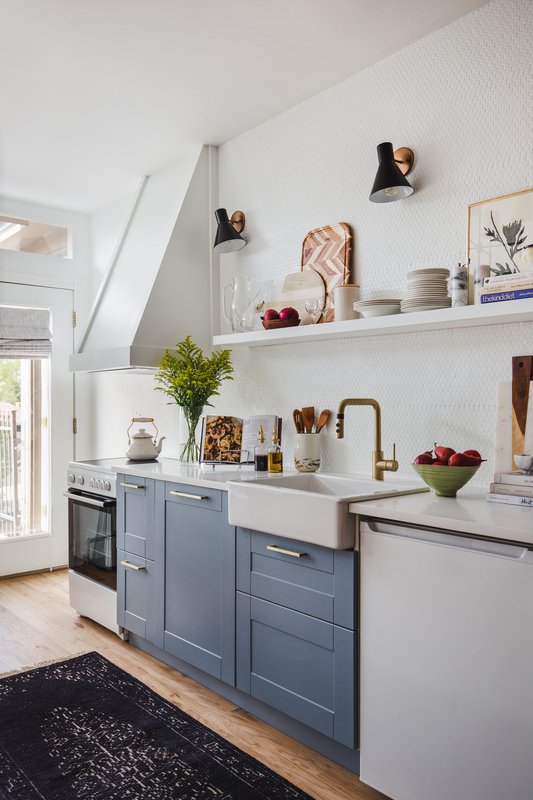
What are the most impactful and low-cost upgrades I can make?
One word: Paint. Review Vivian’s response to question 3 to make sure paint will work for your kitchen, but painting the cabinets — whether all of them or just the lower half — is one of the best ways to add value and yield dramatic results with little investment. Next up? “Go a step further by replacing dull cabinet hardware and lighting fixtures,” Vivian says. If you’re up for something a little more labor-intensive, re-tile your backsplash. “It’s an affordable upgrade with plenty of transformative potential.”
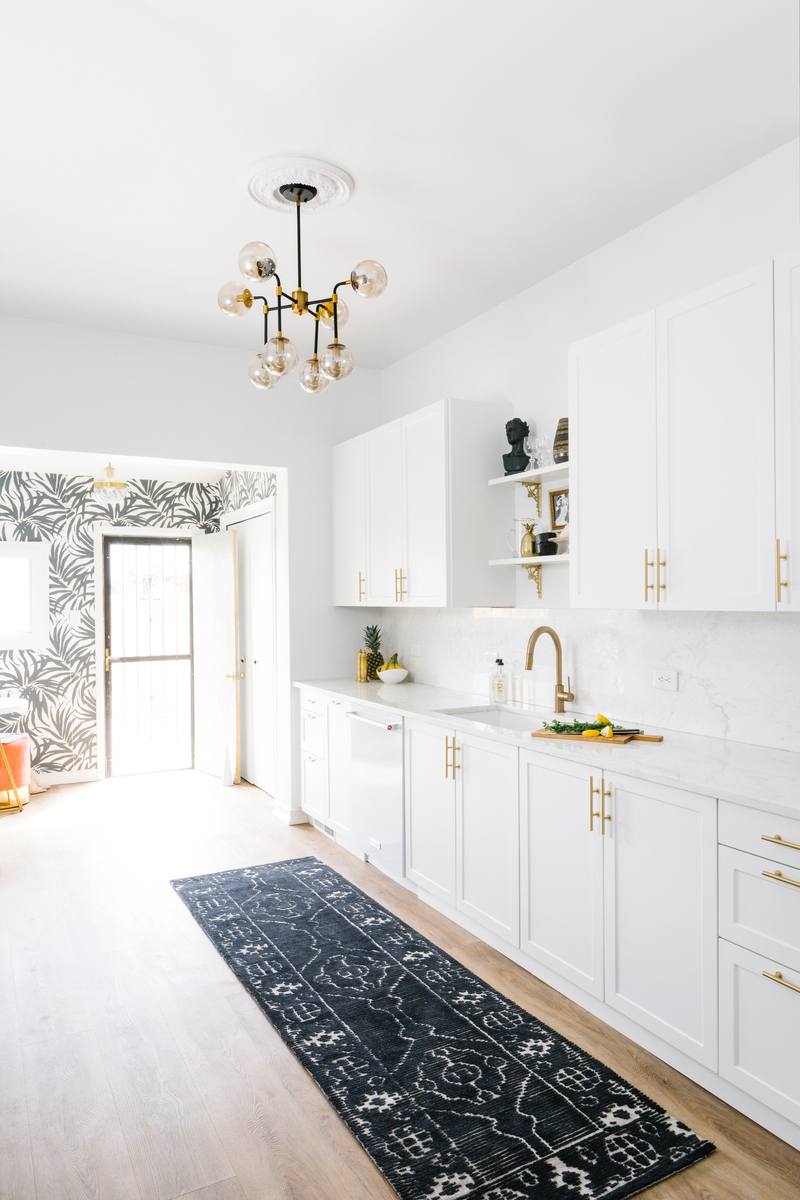
What should I budget for a kitchen makeover?
Even the most affordable makeovers benefit from setting a budget up front. But to set your budget correctly, you’ll need to gain clarity on a few factors, Vivian says. “First, you need to know how long you plan on living in the home, because this should guide your spending decisions. If you plan on selling soon, then spend only what you need to give your kitchen mass appeal. If you plan to stay longer, then you’ll likely want to invest not only in aesthetic changes but also on a creative layout that maximizes space and comfort.”
Next, you’ll want to review your finances. Did you know the average cost of a kitchen renovation nationally is more than $60,000? But, says Vivian, “if you have a small kitchen that you plan on renovating yourself using budget-friendly brands like IKEA, you should be spending about a quarter of that.” Whew.
Of course, the dollar amount varies greatly based on labor costs in your area and the size of your kitchen, so the better approach is to look at how renovation costs typically break down:
- Cabinets = 35%
- Labor = 20%
- Appliances = 20%
- Windows = 10%
- Fixtures = 5%
- Fittings = 3%
- Other = 7%
Another tactic to protect your investment and avoid over or underspending is to allocate a budget that’s between 6 and 10 percent of your home value.
No matter which approach you choose, Vivian suggests leaving room in the budget for unexpected expenses. And don’t forget to factor in the cost of takeout while your kitchen is out of commission!
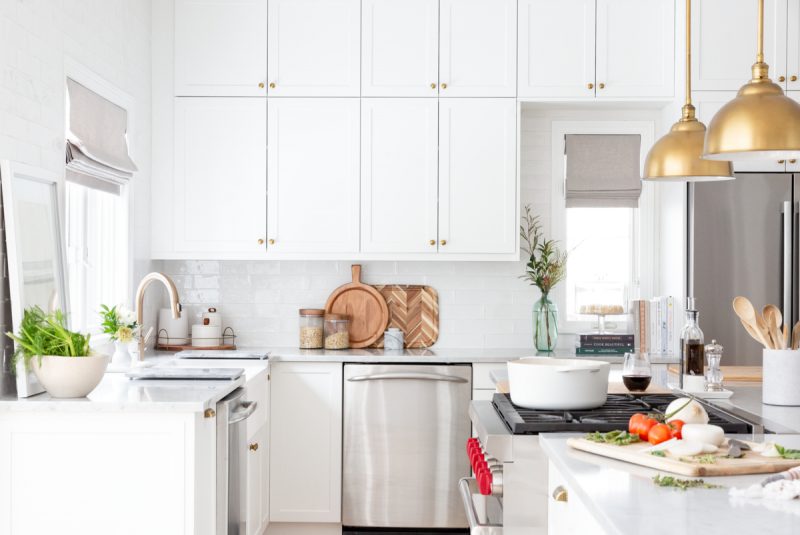
Ready to get started on an affordable kitchen reno? Collaborate with one of our expert designers to cook up the kitchen of your dreams. You’re just a style quiz away.

